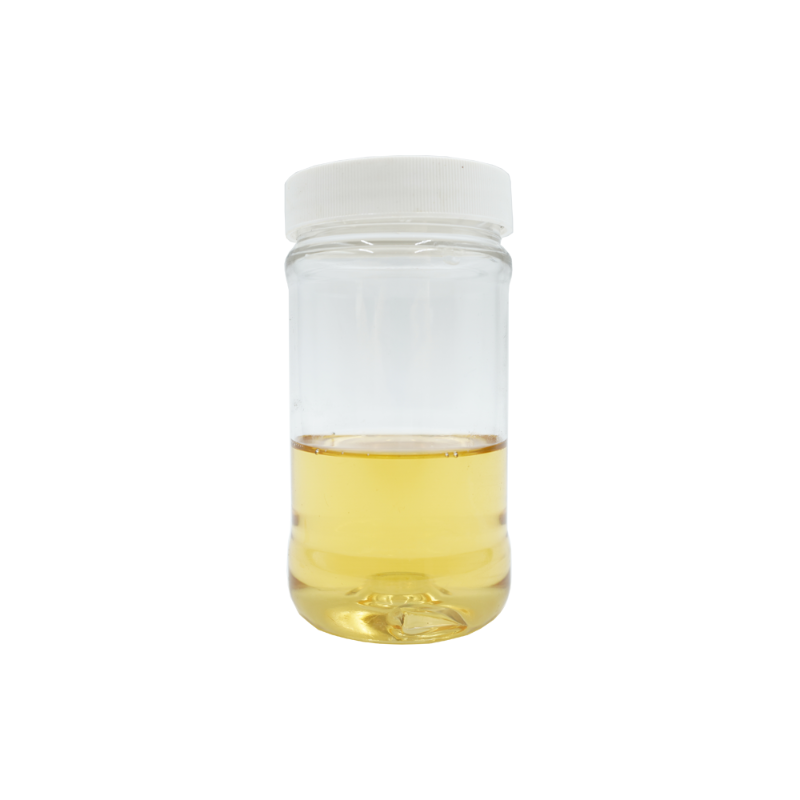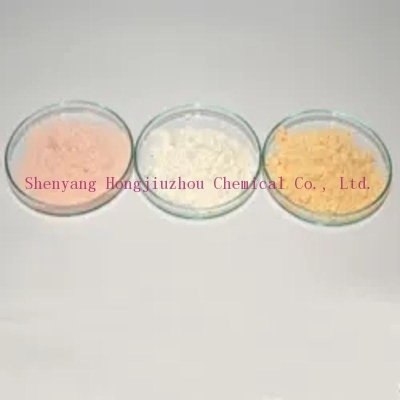-
Categories
-
Pharmaceutical Intermediates
-
Active Pharmaceutical Ingredients
-
Food Additives
- Industrial Coatings
- Agrochemicals
- Dyes and Pigments
- Surfactant
- Flavors and Fragrances
- Chemical Reagents
- Catalyst and Auxiliary
- Natural Products
- Inorganic Chemistry
-
Organic Chemistry
-
Biochemical Engineering
- Analytical Chemistry
- Cosmetic Ingredient
-
Pharmaceutical Intermediates
Promotion
ECHEMI Mall
Wholesale
Weekly Price
Exhibition
News
-
Trade Service
Waterborne epoxy resin coatings are widely used in electronics, industry, transportation engineering and other fields due to their good mechanical properties, good chemical stability, and environmental friendliness
Ti3C2Tx MXene, as an emerging two-dimensional material, has been favored by researchers since its discovery in 2011.
Ti3C2Tx MXene nanosheets as two-dimensional fillers can improve epoxy resin crosslinking density, mechanical properties and barrier ability to corrosive media (Carbon 2020, 157, 217-233; Journal of Materials Science and Technology 2020, 54, 144-159; Tribology International 2021, 163, 107196; Chemical Engineering Journal, 2021, 410, 128310)
In addition, Ti3C2Tx MXene with high electrical conductivity can form a corrosion microbattery with the metal matrix when it is in direct or electrical contact with the metal matrix, but instead promotes local electrochemical corrosion of the metal matrix (Surface Topography: Metrology and Properties 2021, 9, 035033 )
Recently, researcher Fan Xiaoqiang from the Materials Service Behavior Research Team of Southwest Jiaotong University and others first explored the interfacial stability of Ti3C2Tx@MoS2 heterojunctions with different configurations using the first-principles based on density functional theory (DFT).
Theoretical calculations show that the interfacial stability of the Ti3C2Tx@MoS2 heterojunction is related to the types of functional groups on the surface of Ti3C2Tx and its spatial configuration with MoS2
The article was recently published in the well-known journal Journal of Materials Science and Technology with the title "Hierarchical Ti3C2Tx@MoS2 heterostructures: A first principles calculation and application in corrosion/wear protection"
Figure 1.
Figure 2.
Figure 3.
Schematic diagram of the one-step preparation of Ti3C2Tx@MoS2 heterojunction by hydrothermal method
.
Figure 4.
Two-dimensional topography of Ti3C2Tx MXene and Ti3C2Tx@MoS2 heterojunction
.
Figure 5.
EIS characterization of pure epoxy coating and Ti3C2Tx@MoS2 composite coating
.
Figure 6.
Tribological characterization of pure epoxy coating and Ti3C2Tx@MoS2 composite coating
.







